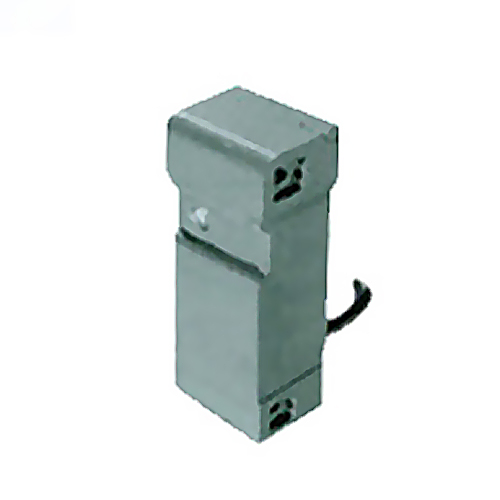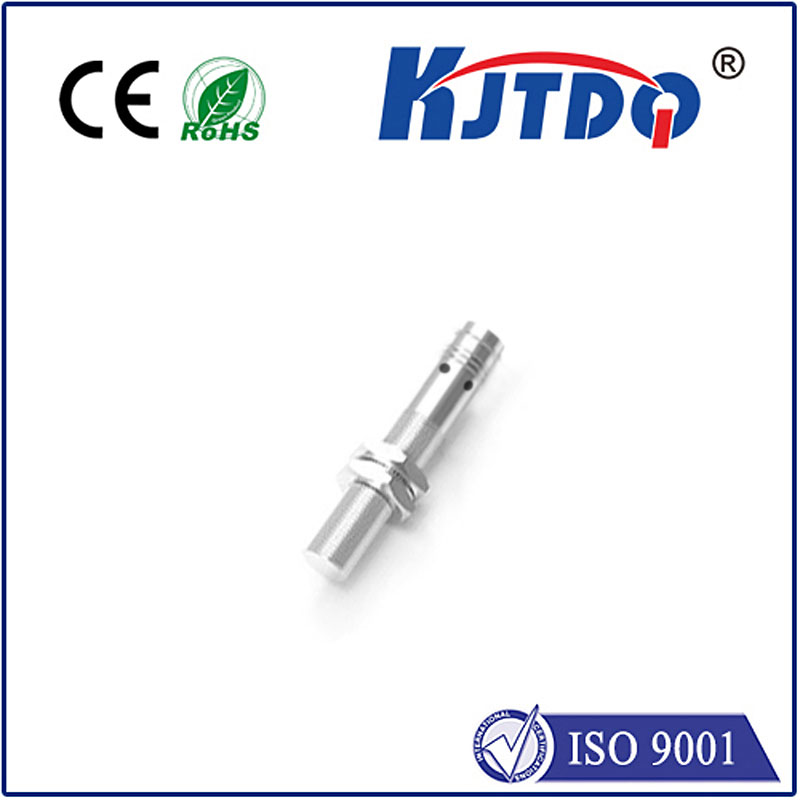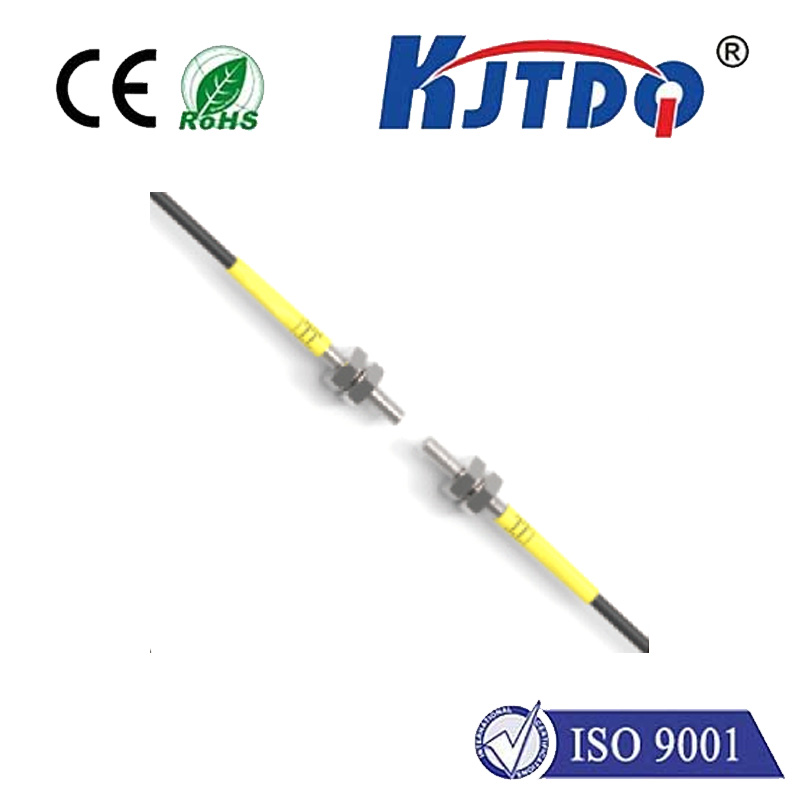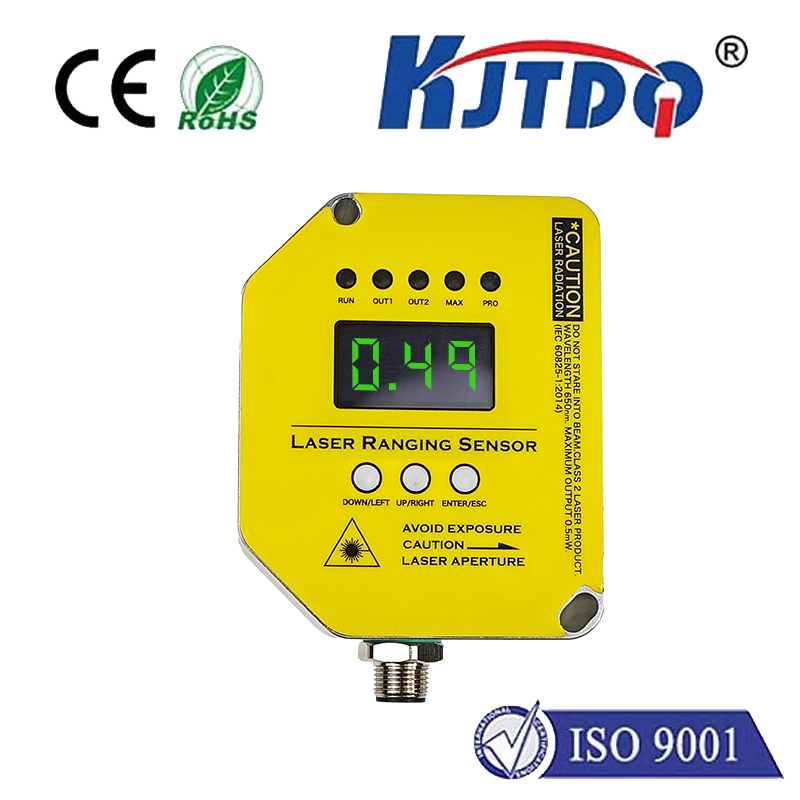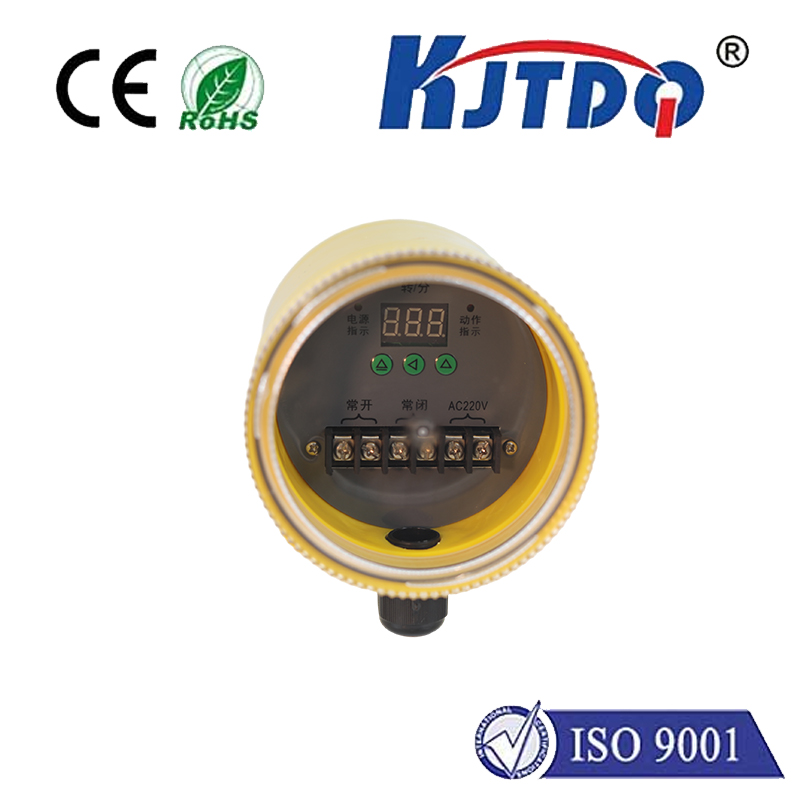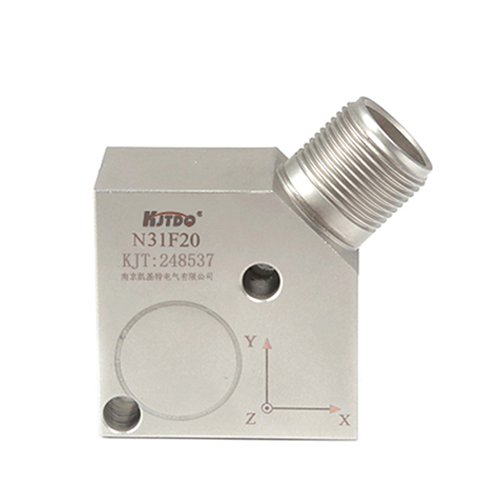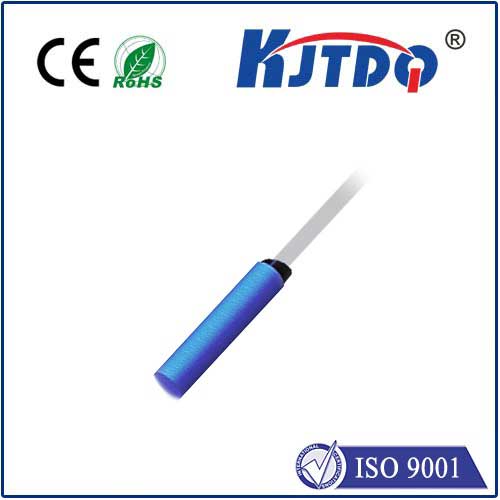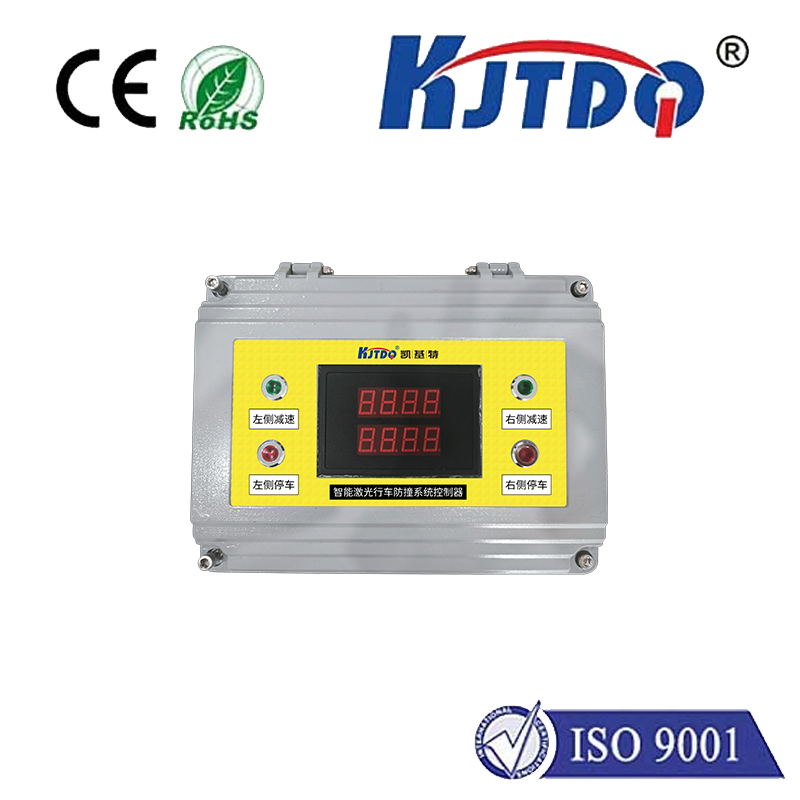

check

check

check

check

check

check

check

check

check

check
Ever wonder how your car warns you of unseen obstacles while parking? Or how factory robots navigate complex environments without bumping? The answer often lies in a remarkable piece of technology: the ultrasonic proximity sensor. These versatile, reliable devices are fundamental to countless modern applications, enabling machines to “sense” their surroundings without physical contact. They function by listening to echoes we cannot hear, effectively translating sound into distance.
The Core Principle: Sound as an Acoustic Ruler
At the heart of every ultrasonic proximity sensor is a simple yet powerful concept: echolocation. Much like bats navigating in the dark, these sensors emit high-frequency sound waves (typically between 20 kHz and 200 kHz, well above human hearing range). This sound pulse travels through the air until it encounters an object. Upon hitting this object, the sound wave is reflected back towards the sensor as an echo.
A receiver element within the sensor detects this returning echo. The magic lies in timing. The sensor meticulously measures the time-of-flight (ToF) – the interval between the emission of the sound pulse and the reception of its echo. Since the speed of sound in air is relatively constant (approximately 343 meters per second at room temperature), this time measurement can be directly converted into distance.
Calculating Distance: Distance = (Speed of Sound × Time-of-Flight) / 2
The division by two is crucial because the sound wave travels to the object and then back to the sensor. This elegant calculation provides accurate distance measurement, which equates to proximity detection.

Key Components and Functionality
A typical ultrasonic proximity sensor comprises three main parts:
The output is what makes these sensors so adaptable. They might provide a simple switch signal when an object enters a preset detection range (threshold mode), or they might continuously output an analog voltage or digital value proportional to the measured distance. This flexibility makes them suitable for both presence detection and precise ranging tasks. Reliable proximity sensing is their forte.
Why Choose Ultrasonic? Key Advantages Explored
Ultrasonic sensors dominate many proximity sensing scenarios due to several inherent benefits:
Overcoming Limitations: Understanding the Boundaries
While powerful, ultrasonic sensors aren’t perfect. Understanding their constraints ensures proper application:
Where Ultrasonic Proximity Sensors Thrive: Diverse Applications
The unique capabilities of ultrasonic sensing unlock solutions across numerous sectors:
Selection Considerations: Finding the Right Fit
Choosing the optimal ultrasonic proximity sensor involves evaluating several factors:
The Invisible Guardian
Ultrasonic proximity sensors operate silently and invisibly, yet they form a cornerstone of modern sensing technology. Their ability to provide reliable, non-contact distance measurement across diverse materials and environmental conditions makes them indispensable in applications demanding “awareness without contact.” From ensuring your parking maneuvers are safe to enabling complex industrial automation workflows, these acoustic detectives continue to push the boundaries of what machines can perceive, proving that sometimes, what you can’t see or hear is the most reliable guide.
